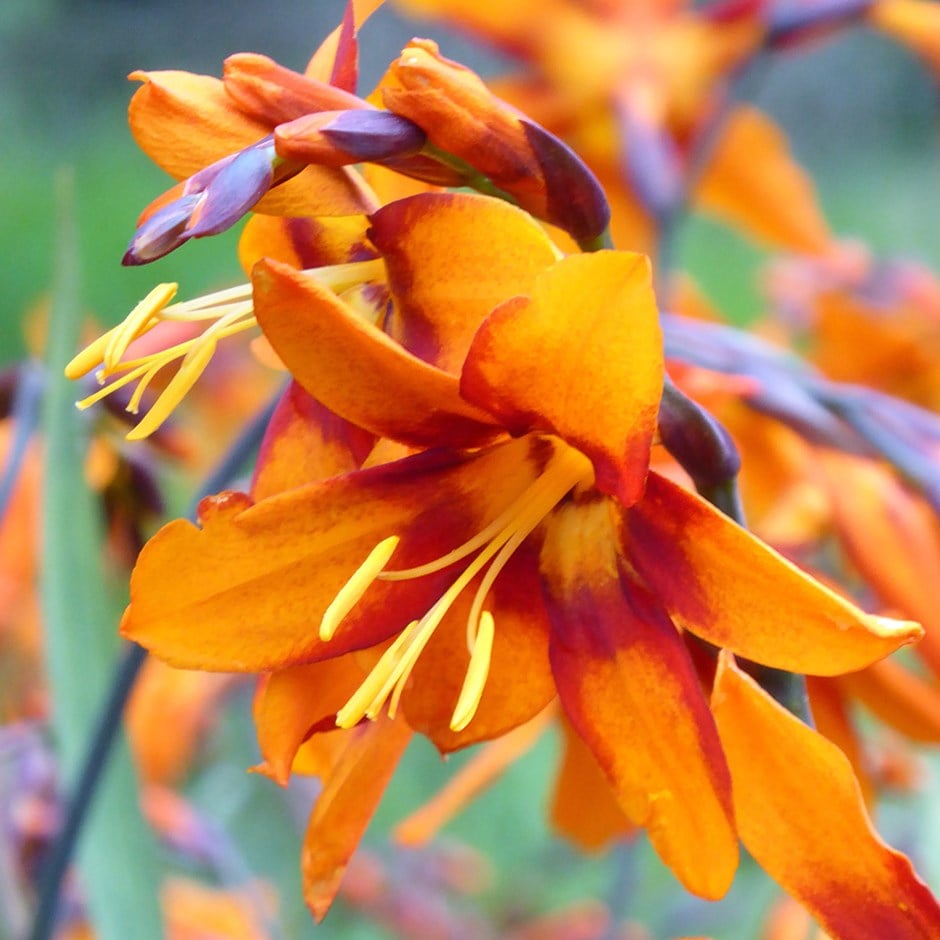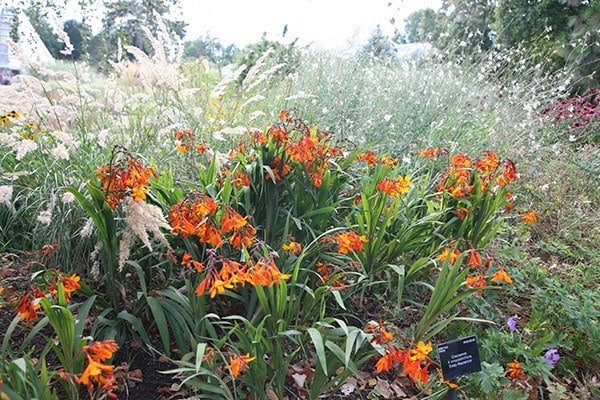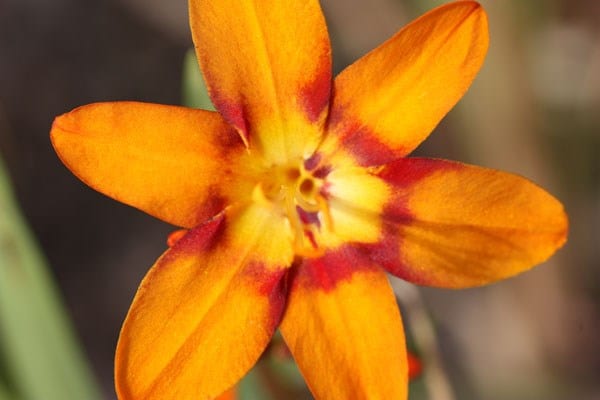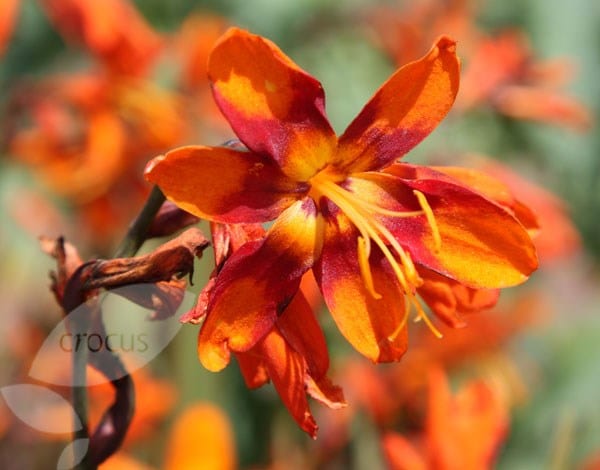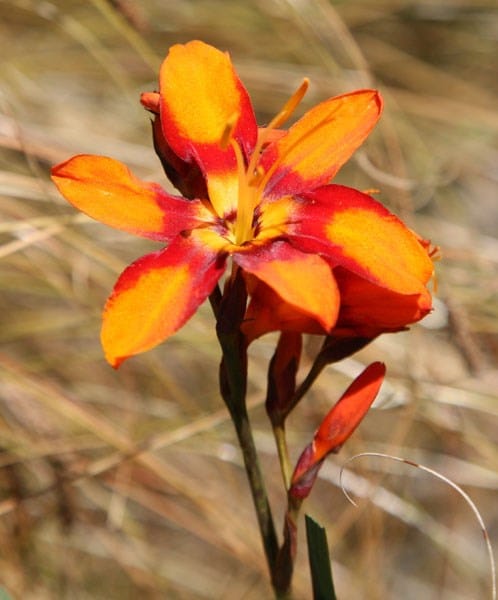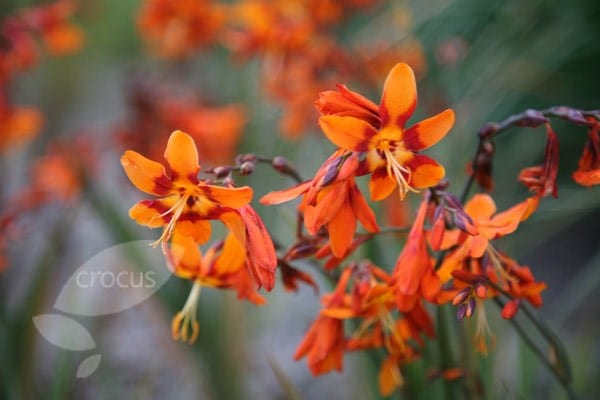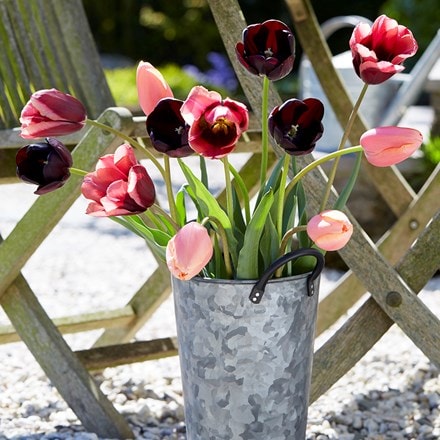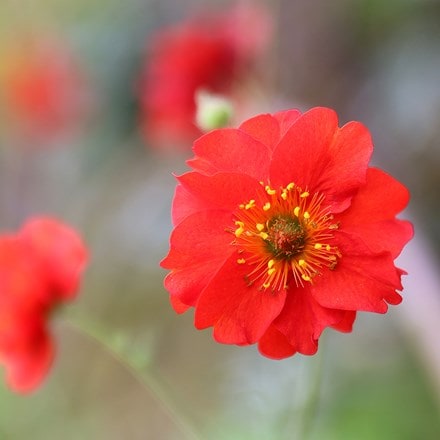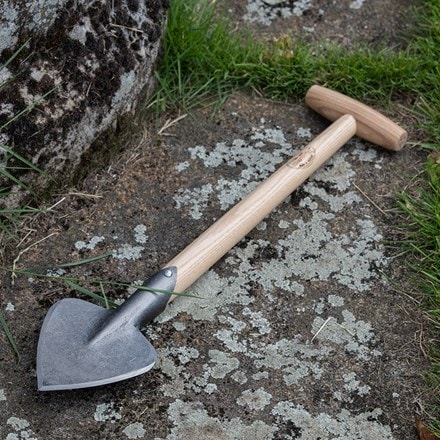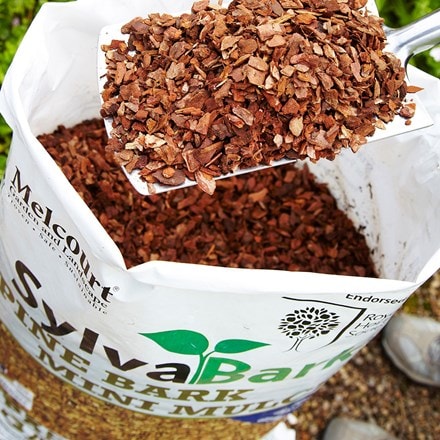Crocosmia × crocosmiiflora 'Emily Mckenzie'
montbretia
Wiry, arching stems carry large, pendulous or horizontal, bright orange flowers that have reddish-purple blotches at their base in late summer....
Large, open mahogany-red eyed, orange-brown flowers on this late-summer crocosmia make it excellent with all dark-centred yellow daisies
GOES WELL WITH
Seaside
Gardening by the coast offers specific challenges and opportunities. You can take advantage of the mild climate to grow not-so-hardy plants with confidence, but will have to choose them carefully to ensure they can cope with the buffeting winds and salt-
Read full articleCordyline
Cordylines are tufted evergreen shrubs that originate from Southeast Asia and the Pacific rim, where they mature to form awkwardly shaped stubby trees with tufts of spiky leaves that resemble huge pineapple tops at the end of each branch. In this country
Read full articleSimple but stylish protection
If rabbits, deer, squirrels or cats devour or scratch up your plants these wire mesh protectors will give them time to get established. The pyramid-shaped 'Rabbit Proof Cloche' and dome-shaped 'Squirrel Proof Cloche'
Read full articleSummer stars from warmer climates
When we are all, hopefully, enjoying the hotter more humid days in July and the longer evenings there is a different range of plants that come into their own in our gardens, ones found naturally close to the equator or in the upper reaches of the Souther
Read full article


